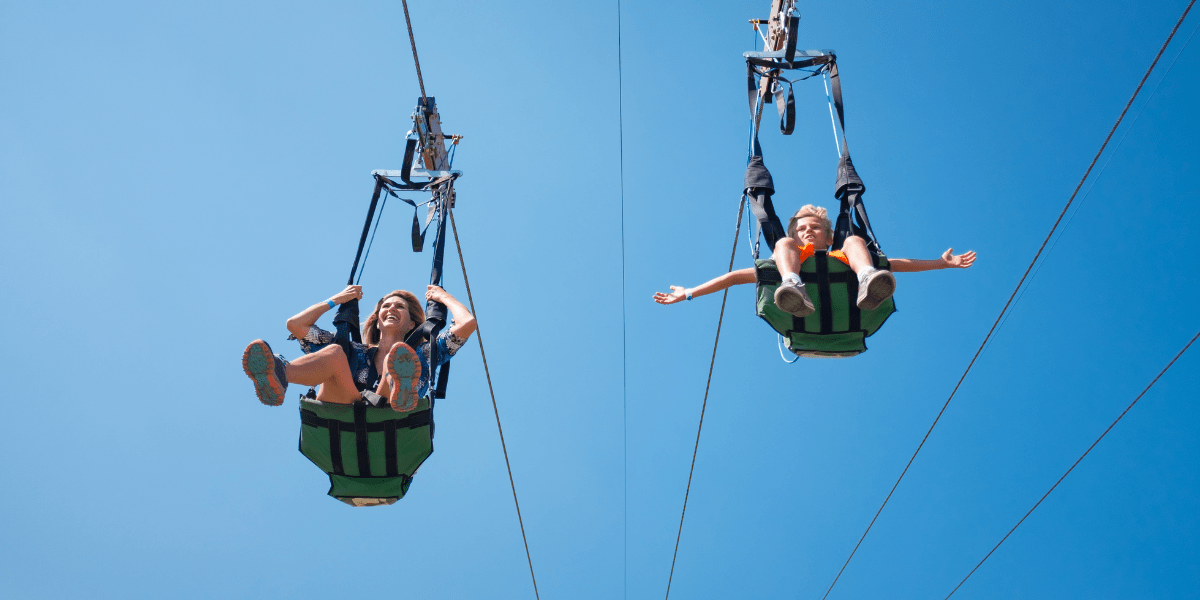
A Paradigm Shift Towards Enhanced Safety, Efficiency, and Rider Engagement. The realm of zipline adventures has witnessed a remarkable transformation in recent years, fueled by the insatiable demand for adrenaline-pumping outdoor experiences. As ziplining’s popularity has soared, so too has the focus on optimizing safety, efficiency, and user experience. At the heart of this evolution lies the modernization of zipline braking systems, a critical component that has undergone a radical overhaul to address inherent limitations and enhance the overall zipline experience.
Addressing the Limitations of Traditional Brakes: A Move Towards Automation
Conventional zipline braking methods, such as gravity braking and hand braking, have long been the industry standard. However, these methods have inherent shortcomings that can compromise safety and efficiency. Gravity braking, for instance, is highly susceptible to weather conditions, potentially leading to riders overshooting the landing platform and endangering themselves or others. Hand braking, on the other hand, relies on rider control, introducing the risk of human error and inconsistencies in braking performance.
Modern braking systems, in contrast, have emerged as a game-changer, employing advanced technologies to automate braking and ensure consistent, predictable results. These systems offer a multitude of advantages:
- Enhanced Safety: Automated braking systems significantly reduce the risk of rider injury by effectively controlling arrival speeds and preventing overshooting. This automated approach eliminates the potential for human error, ensuring that braking is applied consistently and accurately.
- Improved Efficiency: Automated braking technology streamlines the zipline experience, eliminating the need for manual braking and reducing downtime. This streamlining not only enhances the efficiency of the operation but also allows for a more seamless and enjoyable experience for riders.
- Enhanced User Experience: Smoother and more consistent braking provides a more enjoyable and satisfying experience for riders of all skill levels. Automated braking systems ensure that riders reach the landing platform smoothly without the jarring impact that can occur with manual braking.
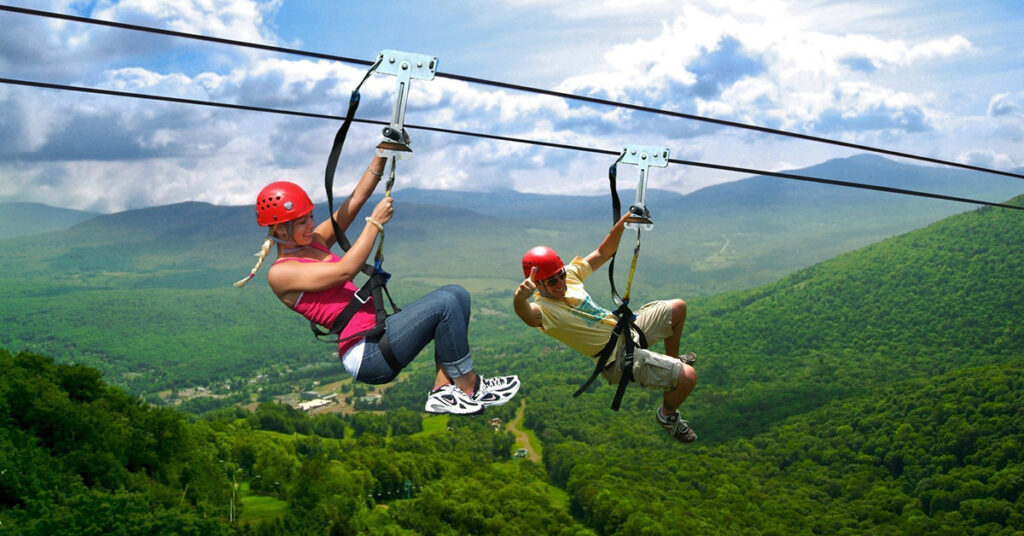
Navigating the Spectrum of Modern Braking Technologies
The evolution of zipline braking systems has yielded a diverse range of technologies, each offering unique advantages and catering to specific requirements:
- Magnetic Brakes: These systems harness the power of electromagnetism to slow down riders as they approach the landing platform. Their effectiveness and reliability are unparalleled, even in wet or humid conditions.
- Spring or Impact Brakes: These systems employ a spring or impact mechanism to slow down riders upon landing. They are simple, robust, and relatively inexpensive, making them a popular choice for budget-conscious operators. However, they may require adjustments based on rider weight and arrival speed to ensure optimal performance.
- Electrical Brakes: These systems utilize an electric motor to apply braking force to the cable. They offer exceptional adjustability and can accommodate a wide range of rider weights and speeds. Their precision control makes them ideal for high-volume operations.
- Dual-Brake Systems: These systems combine two or more braking technologies, providing redundancy and enhanced safety. This redundancy ensures that even in the event of a malfunction, riders are protected from overshooting the landing platform.
Crafting Superior Zipline Experiences: Embedding Automated Brakes
The benefits of automated braking systems are undeniable. However, implementing them effectively requires careful planning and expertise. Here are key considerations to ensure seamless integration and optimal performance:
- Selecting the Right Brake System: The choice of braking system depends on factors such as zipline length, rider weight range, and environmental conditions. Thoroughly assess these factors to select the system that best suits the specific needs of the zipline operation.
- Thorough Installation and Testing: Professional installation and comprehensive testing are crucial to ensure the smooth operation and safety of the braking system. Engage qualified professionals who have experience with the specific braking system chosen to ensure proper installation and calibration.
- Regular Maintenance: Regular maintenance is essential to maintain optimal performance and prevent potential malfunctions. Establish a regular maintenance schedule and follow it meticulously to ensure the system remains in top condition.
- Operator Training: Zipline operators must receive comprehensive training on the operation and maintenance of the automated braking system to ensure safe and efficient operation. Offer extensive training sessions to equip your staff with the knowledge and skills required to operate the braking system effectively.
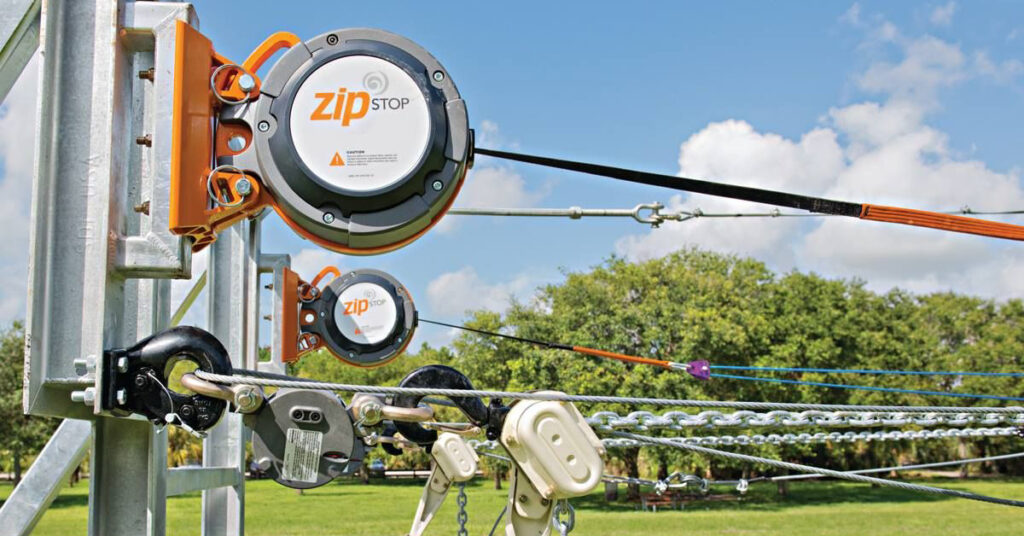
Conclusion: A Path towards a Safer, More Efficient, and Rewarding Zipline Experience
Modernizing zipline braking systems is not merely a technical upgrade; it’s a strategic investment in safety, efficiency, and rider experience. By embracing advanced braking technology, zipline operators can elevate their operations to new heights, creating unparalleled adventures that are safe, enjoyable, and accessible to a wider range of participants. As the popularity of ziplining continues to grow, the demand for cutting-edge braking systems will only increase. By embracing modern braking technologies, the industry will undoubtedly
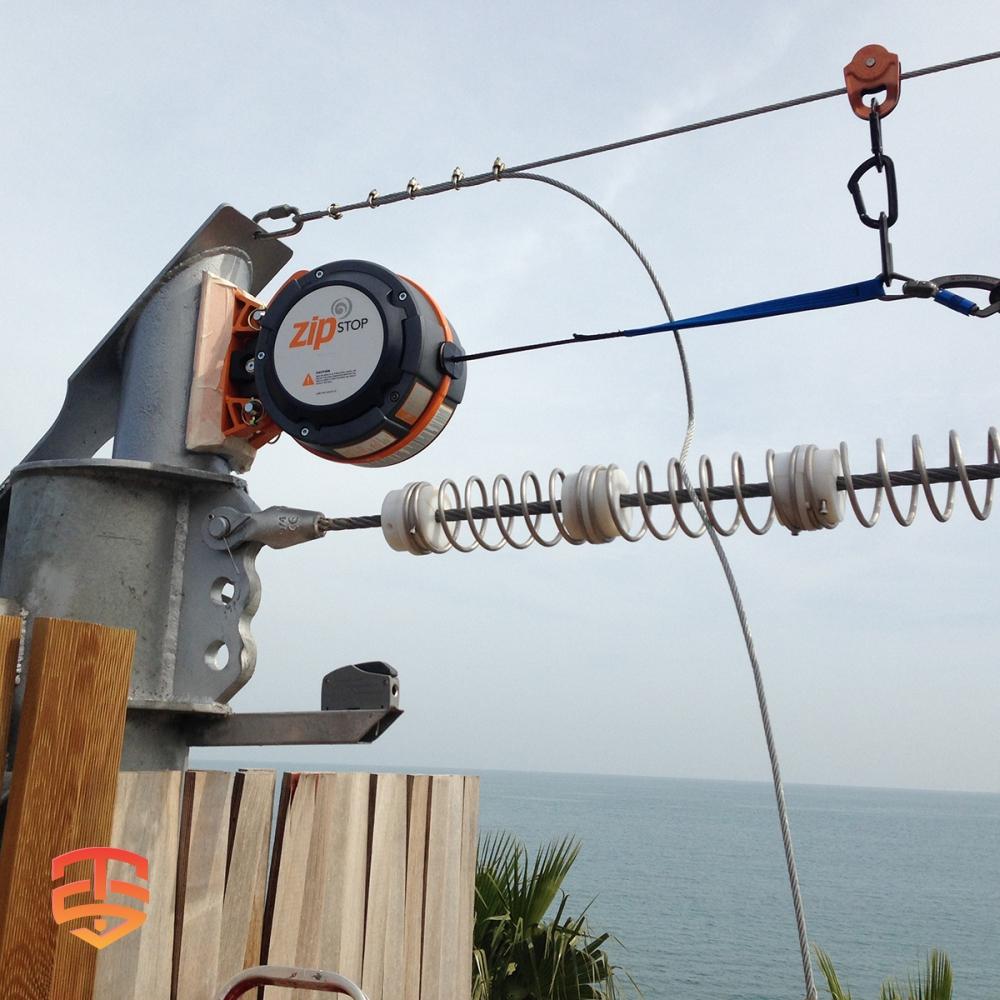
Zipline Safety Solutions
We deliver a complete professional Zipline system, from our Self-braking Magnetic Zipline Trolley to a safe Zipline Spring Brake.
We offer a full family of zip line brakes that increase throughput with a hands-free braking experience for zip line riders and operators, and a full ecosystem of zip line products to outfit the best zip line builds in the world. We use advanced technology to engineer and manufacture innovative adventure equipment for the outdoor, amusement and recreation industries.
Beyond the Basics: Unveiling Zipline Technology with Expert Analysis
Intrigued by the potential of Zipline technology? You’ve come to the right place! This article provides a solid foundation. But if you’re eager to delve deeper and gain insights from industry experts, keep reading…
- Zip Line Design: Components for a Complete System
- Considering operating and investing in a zipline?
- 9 Zipline Mistakes You Don’t Know You’re Making
- Magnetic Zipline Braking: A Revolutionary Way to Ensure Safe Rides
- Pros and Cons of Different Zip Line Brakes
- Expert Tips for Zip Line Brake Installations
- White Paper on Zipline Emergency Arrest Devices (EAD)
- The Importance of Optimizing Zip Line Design for Rider Speed
- Does your zip line need an emergency arrest device?
- The Magnetic Self-braking Zipline pulley
- Zipline Braking and landing considerations
- Why Zip Line Trolley Bearings Matter
- Whitepaper: Zipline Braking Dynamics
- Zip Line Installation: Give them the Best Ride
- How to startup a Successful Zip Line Business
-
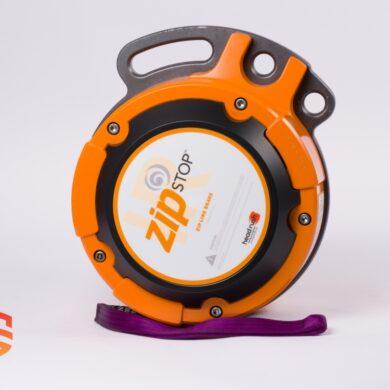 zipSTOP IR Zipline Brake | 24 – 60 kph€ 5.649,00 – € 5.799,00 Ex VAT
zipSTOP IR Zipline Brake | 24 – 60 kph€ 5.649,00 – € 5.799,00 Ex VAT -
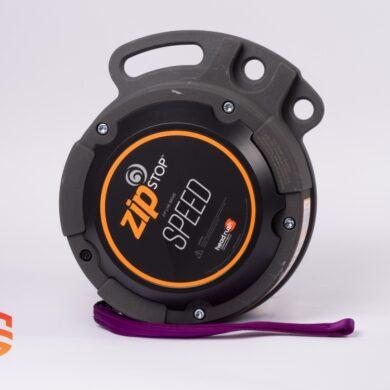 zipSTOP SPEED Zipline Brake | 50 – 72 kph€ 6.099,00 – € 6.349,00 Ex VAT
zipSTOP SPEED Zipline Brake | 50 – 72 kph€ 6.099,00 – € 6.349,00 Ex VAT -
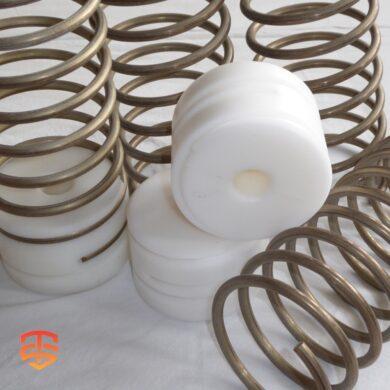 Spring Brake System | Primary & EAD zipline brake€ 80,00 Ex VAT
Spring Brake System | Primary & EAD zipline brake€ 80,00 Ex VAT







